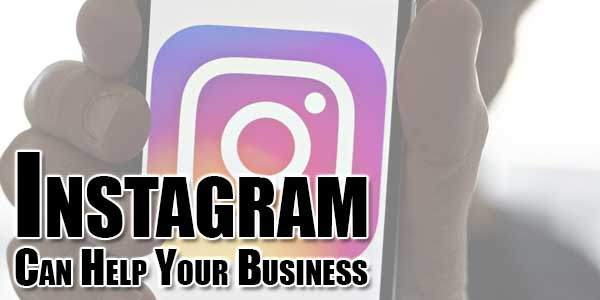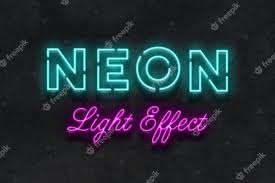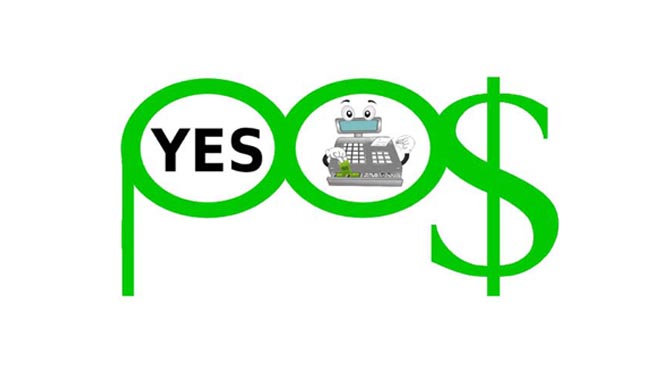If you already have a blog or are thinking about creating one for your business, it is important to be careful with a few points when putting this type of plan into practice:
Have cadence in posts
To find the ideal frequency for your company, take into account its size, your competition and the team available to produce content – it is important that the frequency of publication of posts does not affect the quality of the material.
Another important factor is to maintain a pattern and a calendar of posts. Being regular helps keep visitors coming back to your site. If you add these returns to new daily visits, you’ll see that it pays to maintain that regularity.
One of the ways to keep a loyal audience is to make them understand the frequency of blog posts. Your visitors will find it strange if you post twice in one week, ten times in the next week, once in the third week, and again ten times in the next week.
It’s true that studies show that the more new publications, the more chances your blog has to stand out from the competition. However, this only occurs if the increase in quantity will not affect the quality. Here, the qualitative index always comes before the quantitative.
So the most important thing is to be regular. Whether with daily, weekly or biweekly posts, it is recommended to maintain this frequency so that your audience knows how your company’s blog works and realizes that everything is being done in an organized way.
Agenda Planning
For the maximum effectiveness of your Content Marketing strategy, the topics that will be covered in the blog cannot be random. One of the secrets to a successful blog is precisely not to stray from the central theme.
Make a prediction of how many posts per month or week you can produce for your blog without making it repetitive or unruly. If your blog is in an extremely specific niche, for example, it may be harder to find daily topics.
The main tip is to create an agenda plan in advance, based on the problems your persona faces and the different stages of the process. Purchase Journey. That way, you can predict what the next topics will be, better organize the content of your blog and, at the same time, maintain editorial focus and diversity of topics.
Also consider searching Google for the topic you want to write about. It is important to give priority to those who have search, so that your blog is found more easily.
Remember to optimize the text for Google
After planning topics and defining the frequency of postings, it is important to follow good IF THE so that your publications are well positioned in Google results. After all, your website needs to be found!
Set a keyword to focus on the post and follow some optimization technique son-Page SEO. There are many ways to optimize a post, but to summarize the technique well, remember to put your keyword in the following attributes:
- Post title;
- Post url;
- Description of the post;
- Alt-text of images;
- At least 1 Header <H2> of the text.
Furthermore, it is recommended to use the keyword at the beginning of the text and diluted throughout the post.
But be careful not to write the article just thinking about search engine optimization. Also think about the user experience before publishing. Will the article help you? Is it relevant to the problem he has? Does the title match the content?
It is important to combine SEO with user experience, as Google’s algorithm is quite advanced and can already identify some qualitative criteria in the text. So, no more filling the text with disconnected keywords. There must be meaning!
Diversify the type of communication
Another very important factor for well-written copy write content is structure. It is essential to keep in mind that reading on the internet is different from reading a book, magazine or newspaper.
There are many distractions on the internet, and it is common for the user to lose attention if the text is not attractive at first or is not scannable.
For example, blocks of text that are too large, without any eye rests, often cause discomfort to the user.
So, whenever you can, enrich your blog with subheadings, lists, bullet points, bold, italics, images, infographics, videos, etc.
In addition to being a great way to improve the user experience, it’s a habit valued by Google.
Rich Content
The production of blog posts is very important to attract visitors to your website and make your company a reference in the market, but for a complete Content Marketing strategy, it is necessary to have an intermediate conversion to hook those who are not yet at the right time for purchase.
That’s what rich content is all about: educational material that adds value to your visitors. By offering this type of content, your company can continue to educate your potential customers and prepare them over time and, at the right time, make the sales approach.
But it is not enough to create these materials so that they help educate prospects and make your company a reference in the market: it is necessary to disseminate them correctly and efficiently to get leads and, from there, start a relationship with these leads.
The most effective way to offer them is through Landing Pages, which are conversion-oriented pages. Through them, you can offer the content and, in return, ask for some contact information from potential customers, such as name, email, phone, etc.
And the production of this material does not have to be something necessarily laborious: you can start offering content that you already have and use in your company, such as spreadsheets, templates, market research/analysis, technical articles, checklists, glossaries, etc. Subsequently, you can produce materials specifically designed to answer questions and curiosities or solve pains for your potential customers.
Some of the main rich content formats are eBooks, webinars, tools, kits, infographics and templates, which we will talk about in more detail below.
eBooks
Producing eBooks is a great alternative to longer content that could be too long for a blog post. They convey an image of authority on the subject, conveying trustworthiness to their target audience.
That’s because writing an eBook and organizing it requires a lot of research and knowledge of the topic. In addition, it organizes a given topic into a logical learning sequence, which can be useful for anyone studying a particular subject.
This type of format also has the benefit of having a “high virality”, since it is enough to promote it on social media with images and a catchy title that your readers are likely to share (if the material really generates value for them).
Another advantage is that it is a relatively cheap format to develop, since, unlike other content, it requires little infrastructure: just research, write and diagram.
All these peculiar characteristics of eBooks make them one of the great tactics of Content Marketing.
webinars
Like eBooks, webinars are a widespread format for content production. They end up having a more personal touch, which brings the potential customer closer to the company, and they are a great opportunity to establish contact with people who are reference in your market.
They also don’t cost a lot: you can record a webinar with just an amateur camera or cell phone, a microphone and a computer to edit the video – of course, the better the production, the better the image you will get from your company.
You can offer it both live and recorded. Live versions benefit from greater proximity to stakeholders, as you can answer questions on the spot. But nothing prevents you from later making this webinar available in a recorded version, so that it continues to generate Leads over time.
In addition, you can still use what was said in the webinar to create other content formats, such as new posts, eBooks, infographics, etc.





